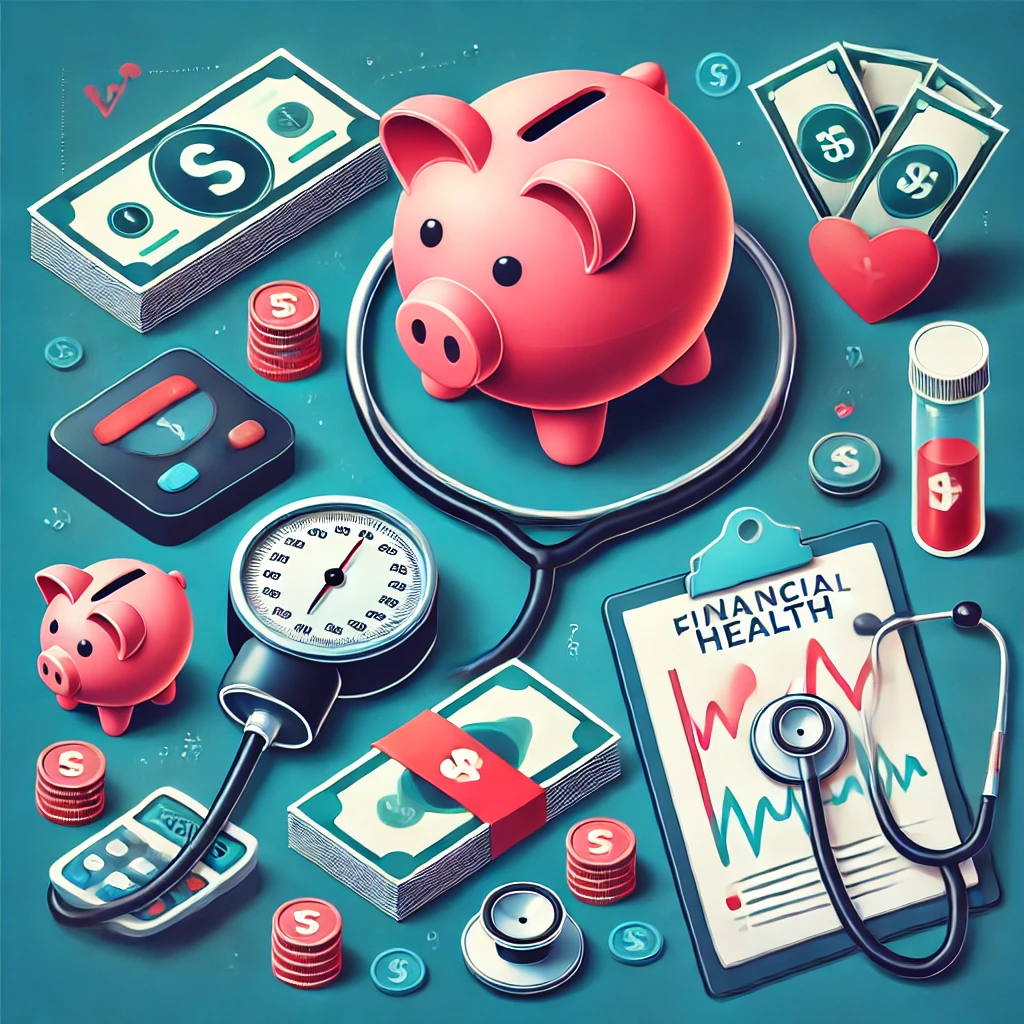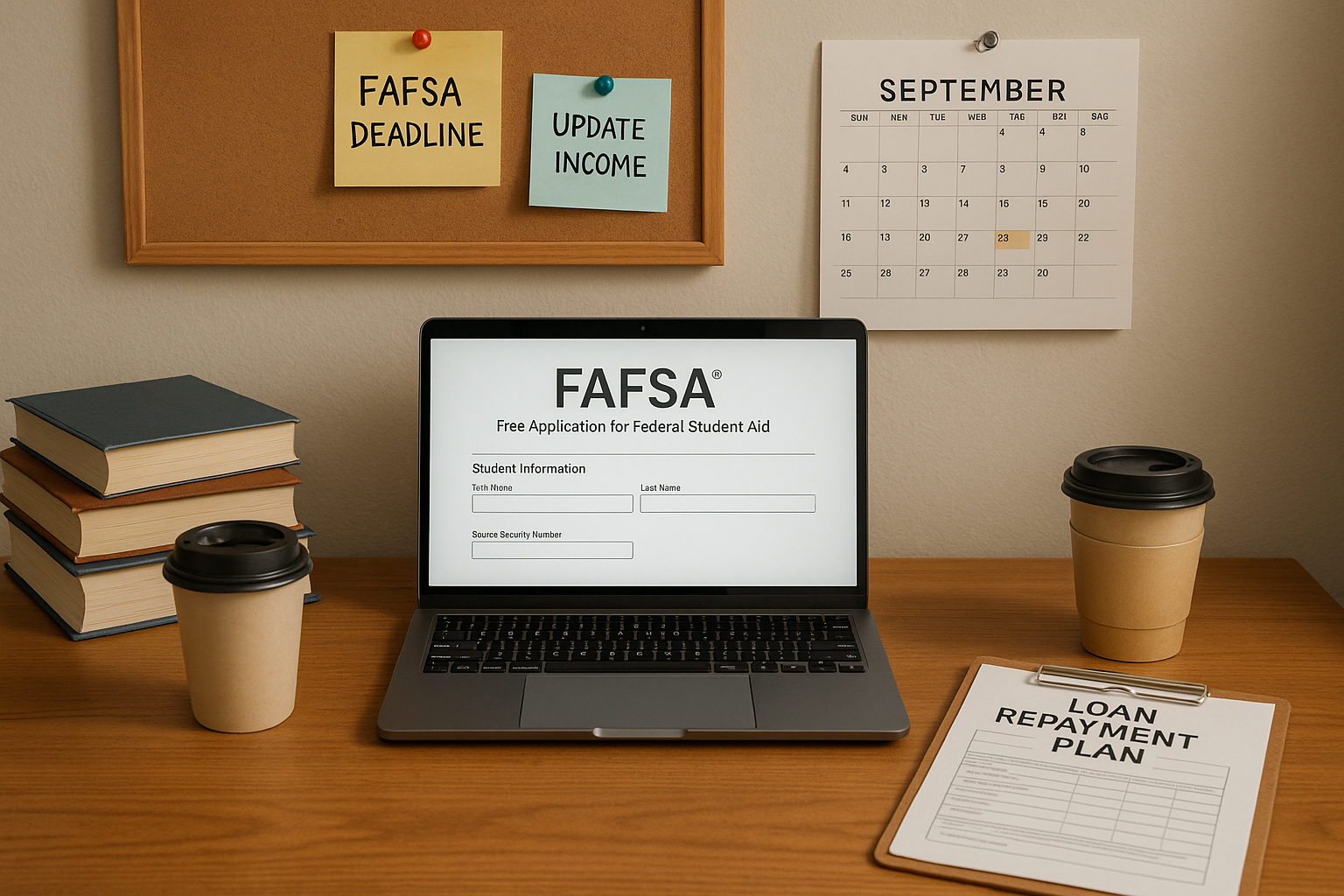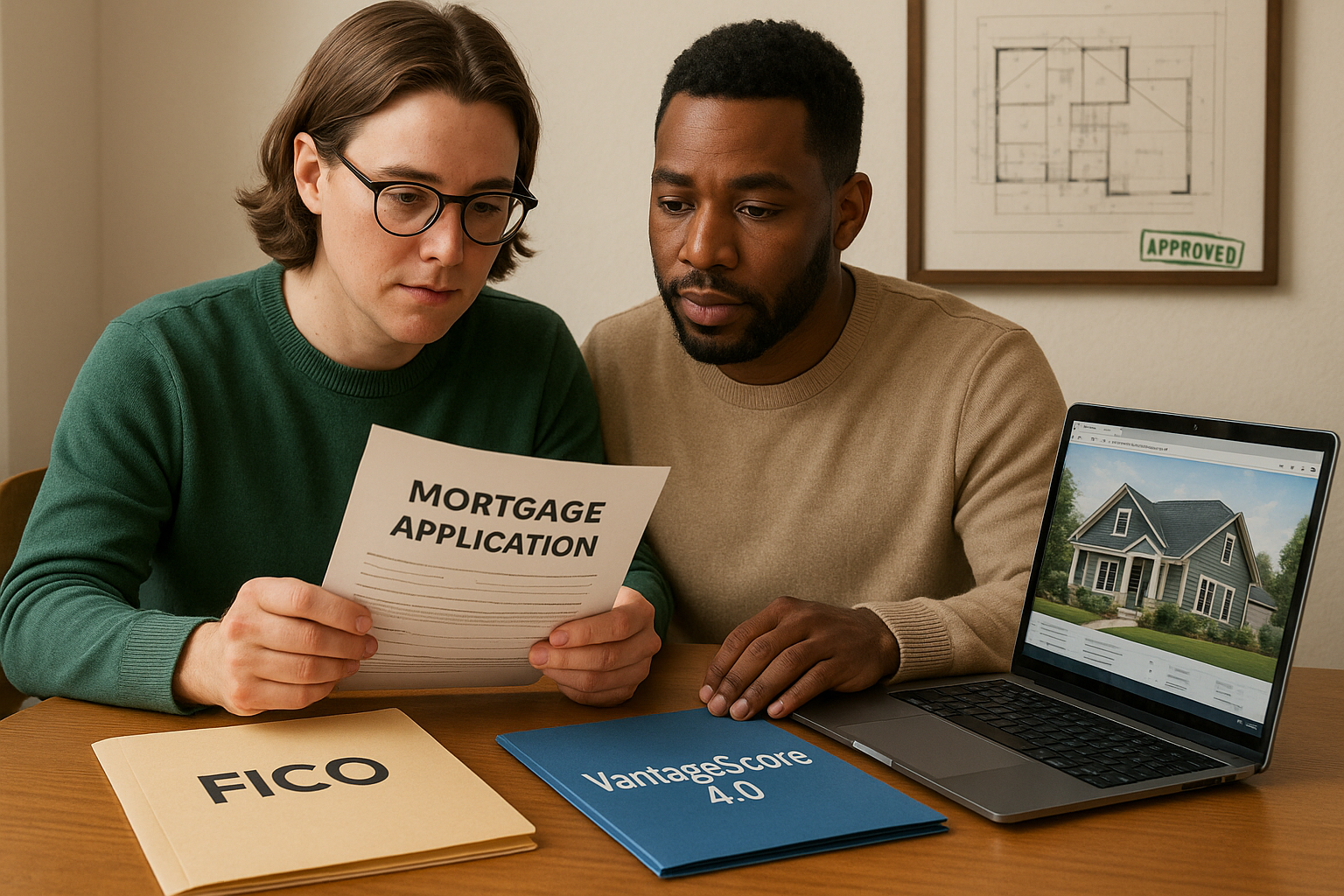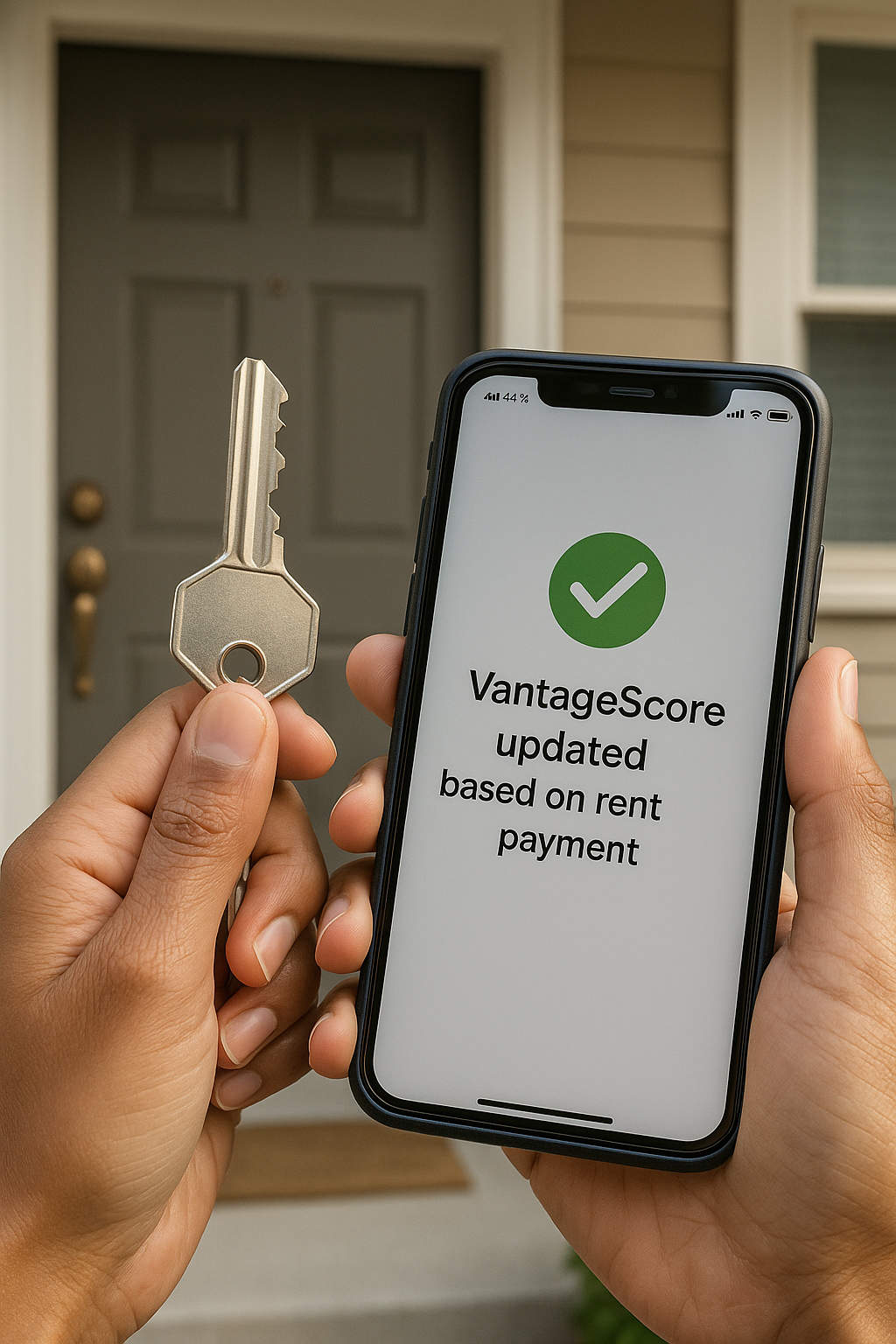
We’re all hustling. As young Latinos in the U.S., we’re navigating new careers, managing our first serious paychecks, and maybe even supporting familia back home or right here. It could be easy to feel financially stable: you’ve got a decent job, can afford that trip, or just bought something nice. But here’s the question we need to ask ourselves, honestly: Are we truly financially healthy?
Sometimes, our self-assessment is more about feeling good today than being secure tomorrow. Let’s look at the numbers, especially for our community, to get a clearer picture.
The Financial Reality Check for Young Latinos
It’s a tough economy for everyone right now, and for us, the challenge is often amplified. While we’re a powerhouse in the U.S. economy, building personal wealth can be a different story.
Consider these facts about the financial landscape we’re operating in:
- The Debt Load is Growing: Total U.S. household debt climbed to $17.69 trillion in the first quarter of 2024, an increase of $184 billion (1.1%) from the previous quarter (Federal Reserve Bank of New York, “Household Debt and Credit Report (Q1 2024)”). This means Americans, including many of us, are relying more on credit or depleting savings just to keep up.
- Savings Gaps are Real: The lack of a financial cushion is a widespread issue.
- 40% of U.S. consumers cannot cover a $400 short-term emergency (Federal Reserve, “Report on the Economic Well-Being of U.S. Households in 2023”).
- When we look specifically at Latino households, the challenge is often more pronounced. Data shows that 50% of Latino households have either no or negative net worth (Brookings, “The financial health of Latino households in the United States”).
- Retirement Readiness is Lagging: Thinking about the future is critical. Unfortunately, many Americans aren’t saving enough:
- Over 40 million U.S. consumers have no retirement savings, and 56% have less than $10,000 saved (EY, “NextWave Consumer Financial Services study: Financial Health”).
The Disconnect: Feeling Good vs. Being Secure
Despite the data above, many Americans feel financially secure. A recent financial health assessment found that a high percentage of young adults rate their financial health as “excellent,” “very good,” or “good”:
- Ages 18–24: 90%
- Ages 25–34: 95%
This gap between perception and reality is important for us to recognize. We might feel fine because we’re not struggling today, but ignoring debt, skipping savings, or delaying retirement planning means relying on luck for tomorrow. True financial health is about long-term stability, not just current comfort.
Taking Control: Our Financial Future
It’s clear that a quick self-assessment might miss the red flags. For our community, building a foundation of financial literacy and strong habits isn’t just a personal goal; it’s a form of generational wealth-building.
Here’s what a financially healthy life looks like, and what we should aim for:
- Building a Cushion: Having enough saved in a liquid account (easily accessible) to cover 3 to 6 months of basic living expenses in case of a job loss or emergency.
- Managing Debt Smartly: Keeping high-interest debt, like credit card balances, low or, ideally, paid off every month.
- Planning for Tomorrow: Consistently saving for retirement, even if it’s a small amount to start.
It’s time to move past the temporary feeling of “doing okay” and get serious about becoming truly financially secure. If these statistics hit close to home, or if your gut tells you you’re in the financial red zone, that’s okay. It’s a starting point. The power to change our financial trajectory is in our hands, starting right now.
👉 Ask Gabi anything, anytime.
Stay tuned! We got you!






